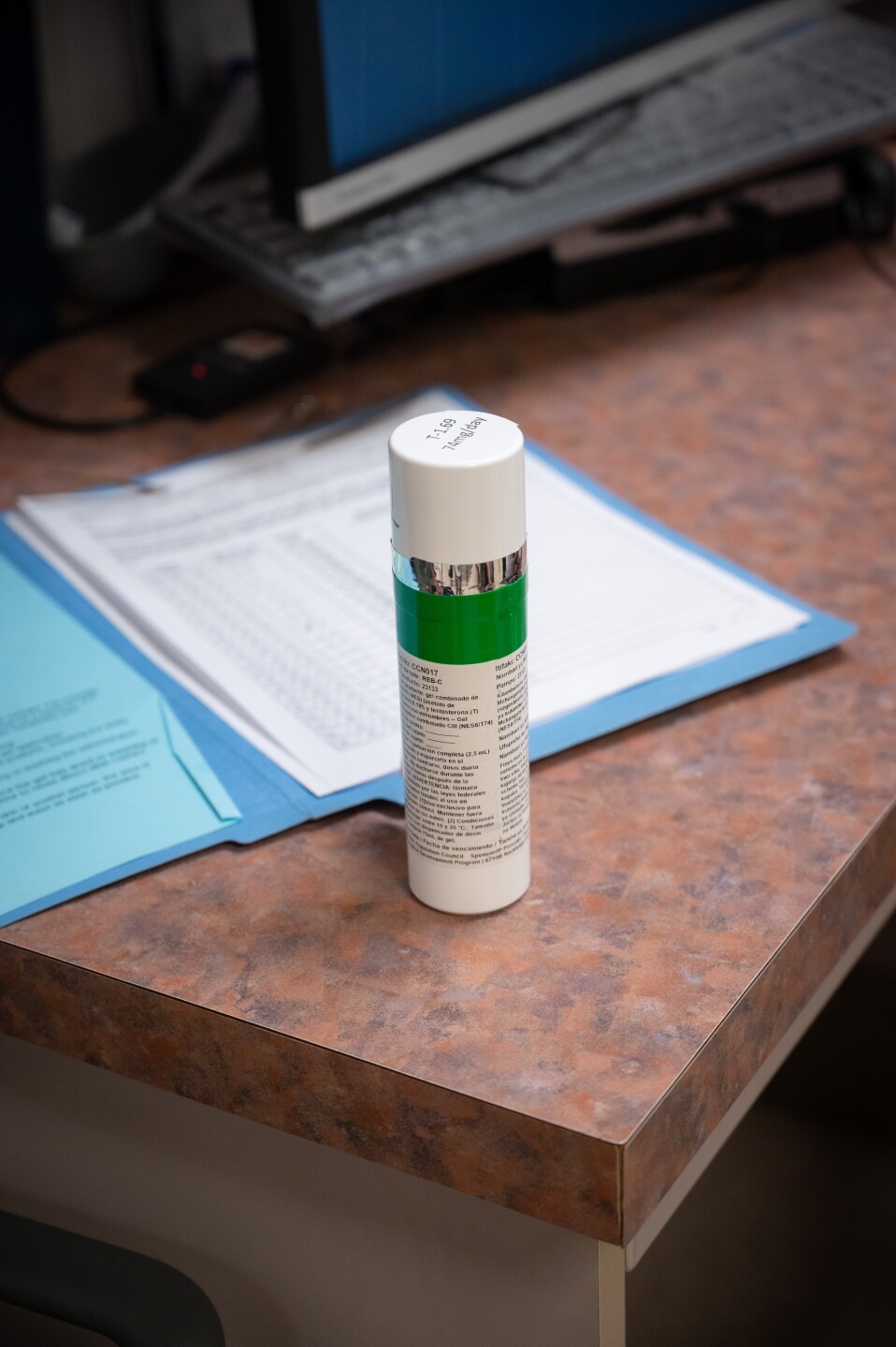A new study has shown promising results for an innovative male birth control gel, bringing contraceptive equality one step closer to reality.
The gel combines two hormones, segesterone acetate (known as Nestorone) and testosterone, to suppress sperm production while maintaining testosterone levels, and is applied topically to a man’s shoulders once daily.
The results from phase 2b of the clinical trials being conducted at sites across the globe show the male contraceptive gel suppresses sperm production faster than similar experimental hormone-based methods, according to the Endocrine Society.
In order to be considered for approval by the U.S. Food and Drug Administration, a drug typically goes through four clinical trial phases to test its effectiveness and safety.
Researchers with the National Institutes of Health’s Contraceptive Development Program presented the findings at the Endocrine Society’s annual conference in Boston on Sunday.
Over 200 men completed at least three weeks of daily treatment with the contraceptive gel. According to UC Davis Health, which has participated in the trials, the gel came in a two-week dose canister about the size of a can of shaving cream.
Side effects noted so far are dry or oily skin, increased or decreased libido, hair growth or hair loss and mood swings, according to UC Davis Health.
NIH’s senior researcher on the study, Dr. Diana Blithe, said the threshold researchers found effective for preventing pregnancy was 1 million or fewer sperm per milliliter of semen.
Most of the study participants, 86%, reached this sperm count after using the gel for 15 weeks, the researchers reported. The median time of sperm suppression was determined to be less than eight weeks, which Blithe said is less than the median time of nine to 15 weeks seen in studies involving hormonal injections.
If you're wondering why the medication was developed in gel form versus an oral pill, like the most common options for females, Blithe explained that Nestorone becomes inactive if it is taken by mouth. Applying it to the skin, however, is effective and convenient.
A version of topical gel birth control designed for females is possible, she noted.

The results of the male birth control gel are reversible, but UC Davis Health said it could take months for sperm production to return to normal levels once a man stops using the gel.
Besides the cultural and social influence surrounding the lack of male birth control options in comparison to options for females, there’s historically been a lack of funding for studies and developmental research. The Eunice Kennedy Shriver National Institute of Child Health and Human Development has been the investment arm for the development and trials of this hormonal gel.
There have also been biological challenges. Unlike females who produce one egg per month, men produce millions of sperm every day. Therefore it takes longer for a drug to become effective enough in a male user in order to prevent pregnancy, UC Davis Health explained.
The next step for the novel gel will be a third clinical trial phase involving a much larger group of participants.

Politics


